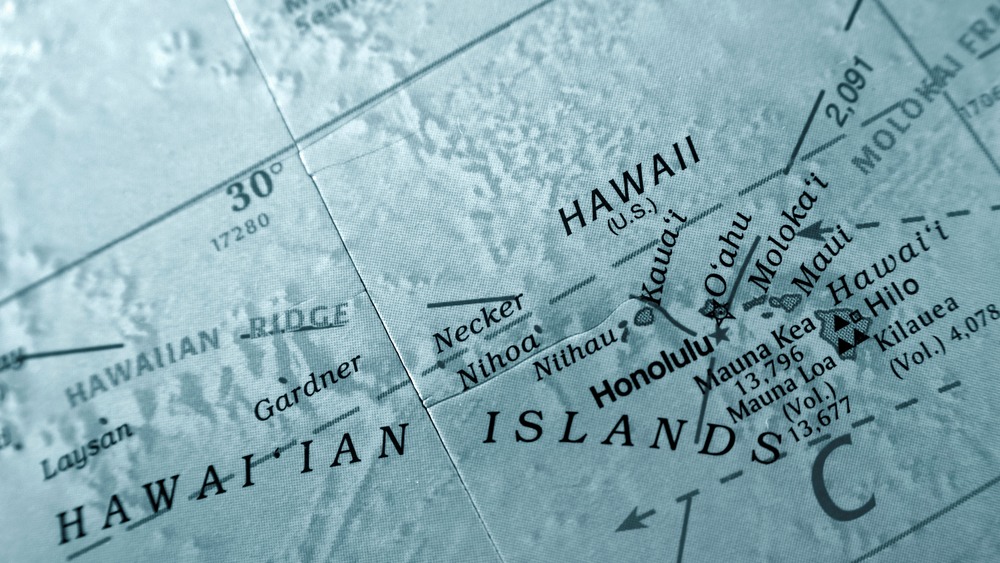The Legend Of The Hawaiian Menehune Explained
While no evidence exists that the Menehune actually lived in the Hawaiian Islands' dense forests and remote valleys, the mythology tells a different story. These superb craftspeople, often depicted as dwarf-sized or smaller, stay away from humans. Yet some of their alleged work appears in local areas, including the Ulupo Heiau State Historic Site in O'ahu, the Alekoko Fishpond on Kauai and, as Hawaii Magazine reports, the Menehune Ditch, an old irrigation tool, also on Kauai, that moves water from the Waimea River.
Legend says the Menehune came to Hawaii long before the first Polynesians appeared on the islands 1,500 years ago. According to Ancient Origins, when the apparent first settlers arrived, dams, roads and temples already existed in the area, erected by the original inhabitants: the Menehune. "Each Menehune was a master of a certain craft and had one special function they accomplished with great precision and expertise," the website explained.
When the Menehune build, they only do so at night, and if they do not finish the work that evening, it will remain unoccupied, according to folklore. If humans come, the Menehune abandon that task and never return. The Menehune are often mischievous, and love mai'a — bananas — and fish, reports To-Hawaii.com. Weird U.S. describes them as hairy figures with distended bellies, bushy eyebrows, large eyes, and short noses.
The reality of Menehune
Some, like Katharine Luomala, folklorist and author of The Menehune of Polynesia and Other Mythical Little People of Oceania, found the small people similar to other mythological stories. But she also thought the Menehunes could be real, possibly descendants of Marquesas islanders who might have lived in Hawaii at one time.
Later, during the Tahitian invasion around 1100 CE, those found on the island were called manahune, or "lowly people." These individuals escaped to the mountains and were known as Menehune. The 1820 census lists 65 people under this name, a fact believers reference as proof of the Menehune's existence, according to Royal Hawaiian Movers.
In an interview with Hawaii Public Radio, historian and educator Bruce Wichman said, "They were real people. They had engineering skills far beyond what Hawaiians ended up with. One heiau (temple) in Wailua has rocks they estimate at about 30 tons, that have been moved there. Nobody has the faintest idea how they got them there."
Whether real or not, the work ethic of the Menehune is still appreciated. According to Where Traveler, the idea that all work must be done in an evening inspired the saying, "E Menehune mai Kakou" (basically, "let's get the work finished"), used "to rally people to a common cause that usually requires a lot of manual labor."

